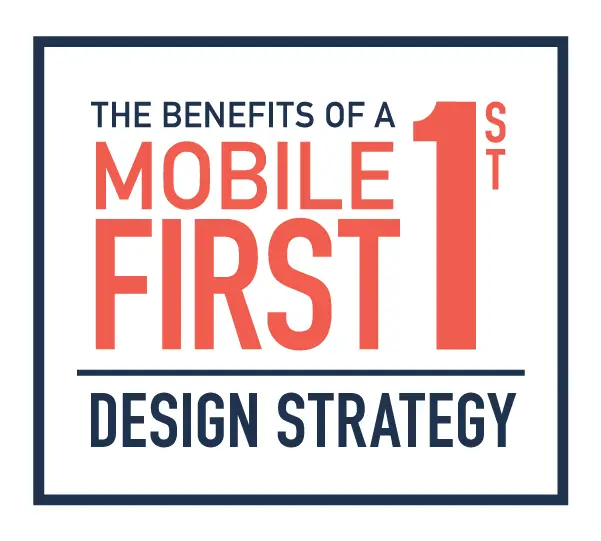Adopting A Mobile-First Design Strategy

Executive Summary

In today’s mobile-first world, it is essential for businesses to adopt a mobile-first design strategy to avoid missing out on crucial conversions and staying ahead of the competition. This strategy involves designing websites and digital experiences with mobile users in mind, prioritizing their needs and ensuring the best possible user experience on smartphones and other mobile devices.

Introduction
With the increasing prevalence of mobile devices, websites must adapt to provide seamless experiences on smaller screens, slower connections, and limited input capabilities. A mobile-first design approach focuses on usability, accessibility, and performance to meet the unique requirements of mobile users.
Essential Elements of a Mobile-First Design Strategy
Responsive Design:
- Creates fluid layouts that automatically adjust to different screen sizes and resolutions.
- Ensures content adapts seamlessly to various devices, providing an optimal viewing experience on any platform.
Prioritized Content:
- Arranges content hierarchically, presenting the most important information at the forefront.
- Utilizes clear headings, concise paragraphs, and bullet points to deliver information efficiently and prioritize readability.
Simplified Navigation:
- Employs intuitive navigation menus, easy-to-use buttons, and minimalist design elements.
- Provides a streamlined user journey, allowing users to find the information or actions they seek with minimal effort.
Touch-Optimized Interactions:
- Designs buttons, links, and other interactive elements with ample spacing and clear targets.
- Optimizes touch areas to prevent accidental taps and ensures a smooth user experience on mobile devices.
Optimized Performance:
- Minimizes page load times through image optimization, content compression, and caching techniques.
- Reduces data usage by avoiding excessive graphics, animations, and unnecessary scripts.
Conclusion
Adopting a mobile-first design strategy is crucial for businesses looking to succeed in today’s mobile-centric environment. By prioritizing mobile users and embedding the principles of responsive design, simplified navigation, and optimized performance, businesses can deliver exceptional digital experiences that drive conversions, build brand loyalty, and stay ahead of the competition.
Keyword Phrase Tags
- Mobile-first design strategy
- Responsive web design
- Mobile conversion optimization
- Mobile usability
- Touch-optimized experiences

Mobile-first design is the way to go in today’s mobile-dominated world. By prioritizing the user experience on mobile devices, businesses can ensure that their website is accessible and engaging to the vast majority of users.
I’m not convinced that mobile-first design is the best approach for all businesses. For some businesses, it may make more sense to focus on desktop users first.
Mobile-first design is not just a trend; it’s a necessity in today’s digital landscape. By embracing mobile-first, businesses can stay ahead of the curve and meet the needs of their increasingly mobile customers.
While mobile-first design has its advantages, it’s important to remember that desktop users still make up a significant portion of web traffic. Businesses should carefully consider their target audience before adopting a mobile-first approach.
Mobile-first design is all the rage these days, but it’s kind of like putting the cart before the horse. Shouldn’t we be focusing on making our websites work well on all devices, regardless of screen size?
Oh, yeah, mobile-first design is great. Just what I want to do: squint at a tiny screen trying to read your website. Why don’t you just make it impossible to use on a desktop while you’re at it?
I’m all for mobile-first design, as long as you don’t forget about us poor souls who still use desktops. I mean, who needs a big screen to browse the web, right?
One important consideration for mobile-first design is the use of responsive images. Responsive images are designed to adapt to different screen sizes, ensuring that your website looks its best on all devices.
While responsive images are certainly beneficial, it’s important to note that they can also increase page load times. Businesses should carefully consider the trade-offs before implementing responsive images on their website.
Another important aspect of mobile-first design is the use of white space. White space can help to improve the readability of your content and make your website more visually appealing.
I’m not sure I agree that white space is always a good thing. Sometimes, it can make your website look empty and uninviting.